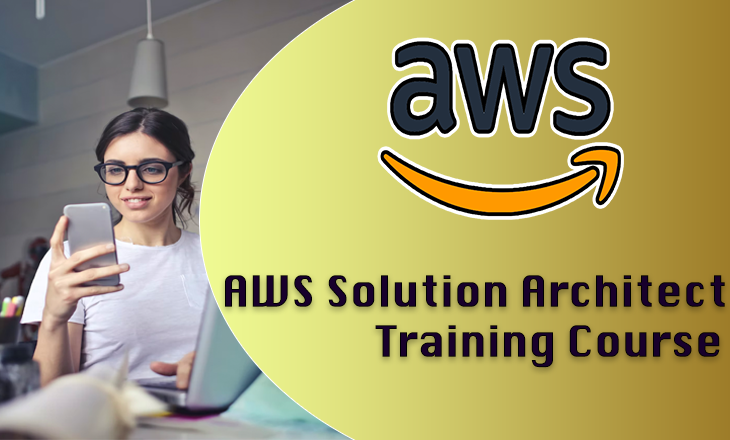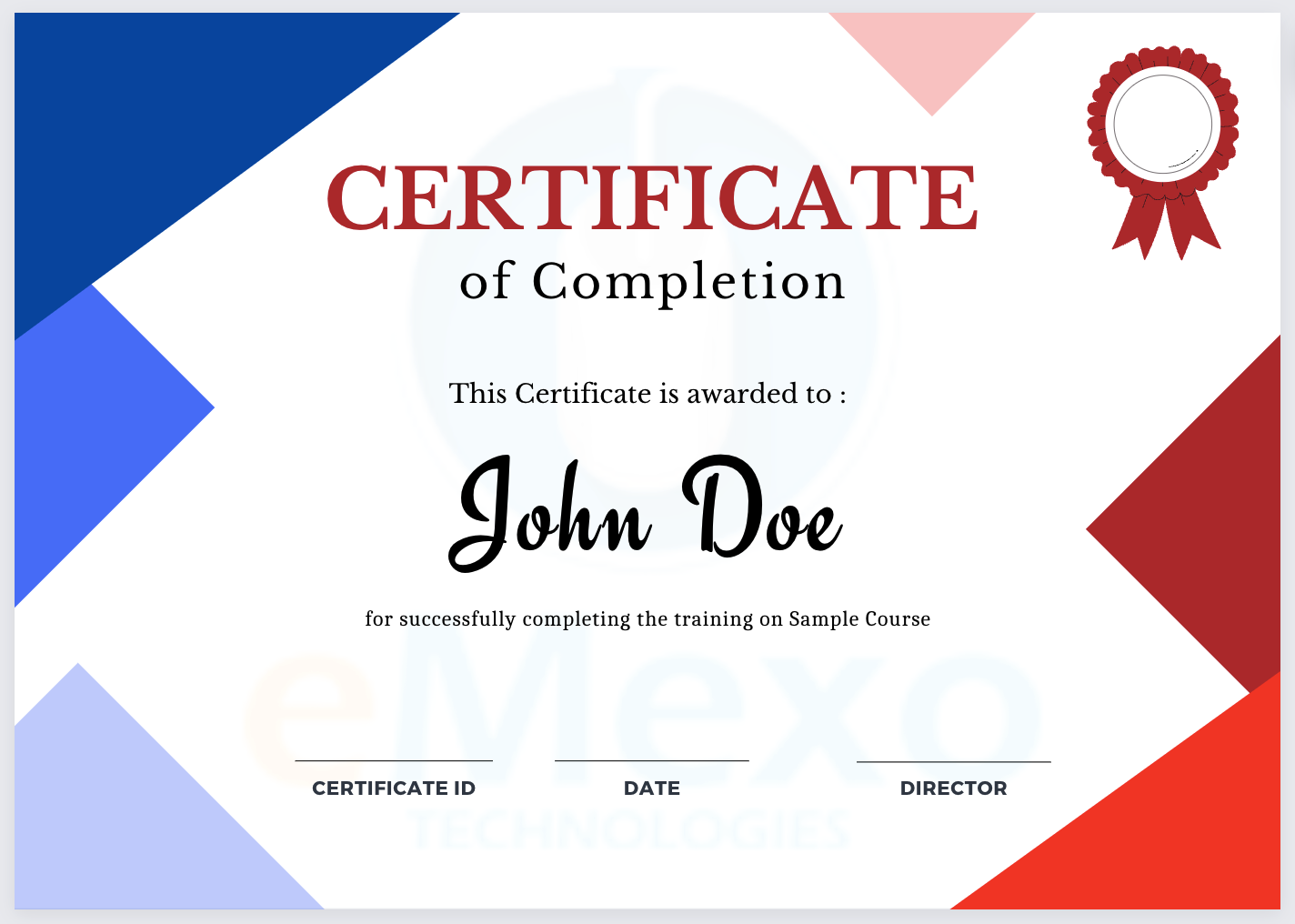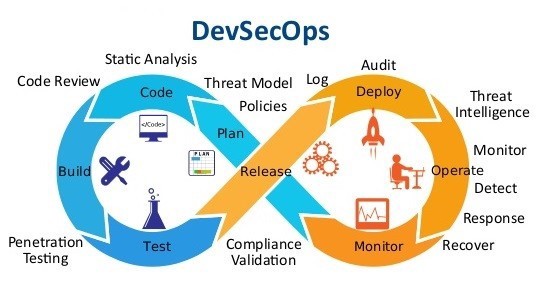AWS leads the cloud computing pack. Whether you’re a web developer, database administrator, big data analyst, or IoT developer, you’ve probably used these services. This AWS Certification Training in Electronic City Bangalore will help you become an AWS Solutions Architect. Additionally, you can also pursue other career paths such as AWS Solutions Architect, AWS Engineer, AWS DevOps Engineer, and Cloud Architect. In order to take advantage of these opportunities, you should receive a structured AWS training program with an updated syllabus based on the latest industry requirements and best practices. In addition to solid theoretical understanding, you must work on a variety of real-life projects and work on different services, such as storage, networks, databases, and computation. Additionally, you need to consult with an expert who has experience working in the industry and has a clear understanding of real-world challenges. Enroll now with eMexo Technologies to attain the Best AWS Training Course in Electronic City Bangalore under the guidance of best industry experts.










